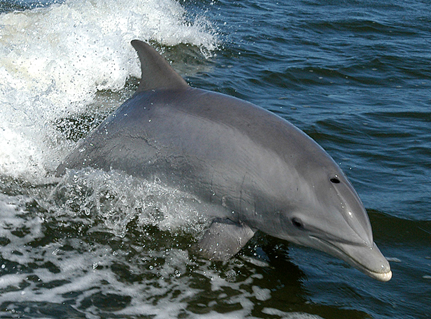Homosexuality, in the twenty-first century is still a taboo for mankind, as if the sexual orientation of another human could harm our survival.
In nature we have cases of homosexuality that perhaps can help to understand that even this much discussed orientation is actually completely accepted in nature.

In the past, homosexual behavior was often ignored because it supposedly contradicted Darwin’s theory of evolution. We consider that sexual behaviors such as mounting and contact between the genitals develop in the context of reproduction, because these occur between individuals of the same sex in which such behaviors cannot lead to fertilization and the passing of genes for the survival of the species?
It should therefore not be convenient to mate with individuals of the same sex. But what do humans also do in heterosexual relationships? For example, women continue to be sexually receptive even during pregnancy, a period in which it is not possible to generate new offspring. This is one of the reasons that dismantles the Darwinian paradox and makes us understand that homosexual behaviors in nature do not take anything away from those that occur between individuals of opposite sexes.
Indeed, recent evidence however suggests homosexual behavior could play important roles in reproduction and evolution. Reproduction is essential for the survival of the species. But within species with a more defined society, new mechanisms, new relationships are implemented, also related to sexual behaviors.
Homosexual behaviors for some species are not accidental, but are more regular (depending on the life stage varying with the species) than one might think. Animals thus prove to be non-conforming to traditional categories of sexual orientation. They use sex to satisfy all kinds of needs, social progress, social balance, pleasure, reconciliation, alliance formation, group cohesion (especially in well-defined societies); this means being flexible.
In birds and mammals, there are numerous reports of homosexual behavior, which may or may not involve a sexual act, but can include courtship, pair-bonding, and coparenting. These have been observed in geese, flamingos, gulls, oystercatchers, warblers, dolphins, deer, zebras, giraffes, and others.
The expression of particular ectopic genes (drosophila), the administration of specific hormones (zebra fish) and lesions in particular brain areas can lead to homosexual behavior. But homosexual behaviors do not depend only on these causes and occur regardless of them.
Let’s consider the Bottlenose dolphins (Tursiops truncatus). Both sexes have genital slits and this facilitates and allows the coupling and the intrusion of the penis between males. Any mounting, petting, goose or push-up are considered socio-sexual interactions.

In this case the most common matings are those between sub-adult males and the peak of these interactions is present during the ovulation period of the females of the group, which induce an increase in testosterone, probably, triggering these behaviors.
The male, after having already mated with the female, tries to establish close relationships with the other individuals of the group that may be useful for its survival in the future even in mating with other females. The male acquires a role in the group and solidarity in times of need.
At least 93 species of birds engage in homosexual behavior. This is the case of a seabird that truly appears to be homosexual for life: the Laysan albatross (Phoebastria immutabilis), which nests in Hawaii, United States.
Among these huge birds, couples are usually “united” for life. The two parents work together to successfully raise a chick and thus by combining their skills throughout their lives they can produce a large and fruitful offspring.
But in a population of the island of Oahu, 31% of the matings consist of two unrelated females. They raise the chicks together, generated by males already engaged but which mate furtively with one or both females. The female-female pairs are not as good at raising chicks as the female-male pairs, but they are better than the females who do it alone (difficulty in incubating the egg and finding food). And once a female forms a pair bond, the tendency of the species is monogamous.

Female albatrosses, probably, are not intrinsically homosexual. The population of Oahu has a surplus of females due to immigration, so some females cannot find males to mate with.
In reality the females could also deliberately decide to form a homosexual couple, obtaining the genes of the most desired male even if engaged, and equally having the stability necessary for the growth of the chicks.
There are many theories as to why homosexuality is important for reproduction and evolution. Savolainen outlined the “bisexual advantage” model in which animals with more fluid sexuality are more likely to reproduce indicating bisexuality “an optimal evolutionary phenotype in many species, including humans”. Animals can help us understand that diversity in nature actually exists and makes the entire biosphere resistant. Personally, I always see the diversity, I simply do not see it in the sexual orientation of an individual.
Maria Bruno
http://www.bbc.com/earth/story/20150206-are-there-any-homosexual-animals
https://phys.org/news/2019-05-scientists-explore-evolution-animal-homosexuality.html
Animal Homosexuality: A Biosocial Perspective
Homosexual Behaviour in Animals: An Evolutionary Perspective
Todd K. Shackelford, Viviana A. Weekes-Shackelford, 2016. “Evolution of Homosexuality”. Encyclopedia of Evolutionary Psychological Science.
